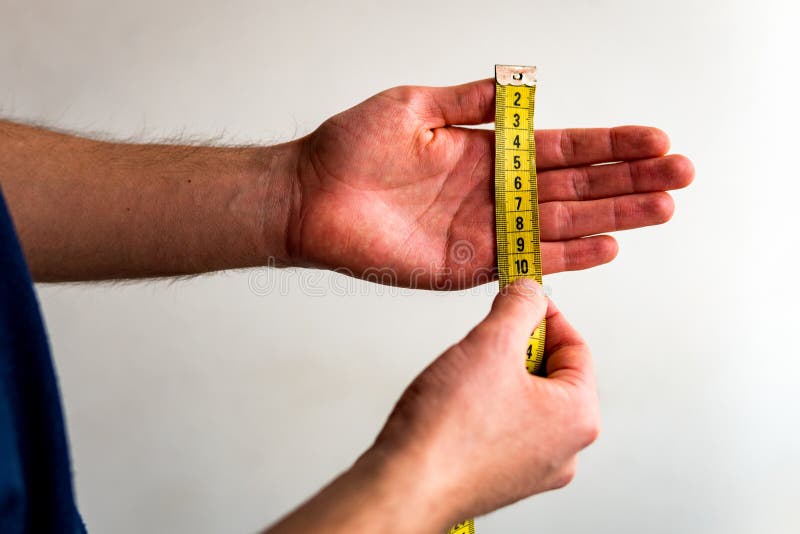

Then the snow was flying all the time, and every place where the wind could penetrate was blown full of the beautiful. The wind commenced between four and five o’clock in the morning, and for two or three hours fairly howled. The high wind, the light snow and the somewhat severe cold made up a day altogether unpleasant. The storm of yesterday was a singular one. The Effect of Yesterday’s Blizzard on the Railroad-A Singular Storm Total depth unmelted snow in 24 hours 0.8 inch. Cold wave signal ordered up on 12 th reached here today. Signal Office Station log: Killing frost in A.M. The “Rapid City Journal” noted “The usual January thaw has not developed to any alarming extent as yet, but there is a chance for it yet before the month is out.” Total depth unmelted snow in 24 hours 1.5 inches. Light snow set in during the night continuing until 1:20 pm and followed by rapidly falling temperature. Articles from local newspapers the “Rapid City Journal”, “Black Hills Daily Times” (Deadwood), and “Daily Deadwood Pioneer-Times” provide a comprehensive documentation of the local effects of the blizzard and provide interesting anecdotes on related events. Snow banks like sand-horses made no tracks-snow drifts 30 feet wide-then bare ground 30 feet-then another drift-next day clear and cold.”įollowing are daily entries from the Rapid City Signal Service office station log. I was 7 years and stuck my head around corner of house and nearly choked before I got indoors again. Electric-chimneys sparked-storm only 300 to 400 high-storm slid under the warm air. The late Frank Thomson of Spearfish provided a vivid recollection of the blizzard in a note to the Rapid City Weather Bureau (dated April 15, 1965): “It began on warm morning about 10 o’clock or sooner ended 4 o’clock next morning.

Several low temperatures in the days following the storm set records that still stand today, and January 1888 ranks as the fifth coldest January in Rapid City. The low that morning was -25 degrees and high was only -10 degrees. By 5 am on Jan 13, the temperature had dropped to -21 degrees. Temperatures fell throughout the day from a high of 14 degrees shortly after midnight as cold air poured into the area. A total of 1.5 inches of snow was measured, but given the strong winds and the observation location on top of the three story building, some of it likely blew off before it was measured. Snow started to fall during the early morning hours of January 12 and ended about 1120 am local time. The office was located in the Sweeney Building on the southwest corner of Main and Seventh Streets.

Army Signal Corps office had recently moved to Rapid City from Deadwood, with observations starting January 1, 1888. Telephone service between Black Hills towns remained operational, allowing information from outlying areas to reach the media. The Western Union telegraph line went down as the storm hit, preventing information from reaching Rapid City, including the Cold Wave Warning issued by the Signal Office in St. Deep snow drifts blocked the Fremont, Elkhorn, and Missouri Valley Railroad tracks from Chadron, Nebraska to Rapid City and Whitewood, the only railroad line to the Black Hills, for days. The storm mainly affected transportation and communications, which isolated the Black Hills area from the rest of the region. Although residents were relatively new to the Black Hills, many people thought it was the worst storm they had ever experienced.

Most of the people in southwestern Dakota Territory lived in and along the Black Hills and in a few towns south of Rapid City, which were more protected than the plains. A remarkable aspect was no lives were lost in this area, despite the severity of the storm and its sudden onslaught. The Black Hills area was spared the worst of the storm compared to eastern Dakota Territory, Minnesota, Nebraska, and Iowa. The blizzard of January 12, 1888, which became known as the “Children’s Blizzard” because so many children died trying to go home from school, was one of the deadliest winter storms in the upper Midwest.


 0 kommentar(er)
0 kommentar(er)
